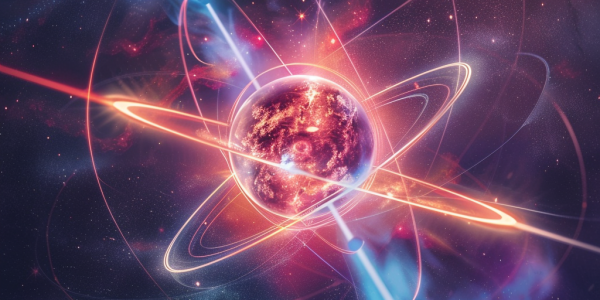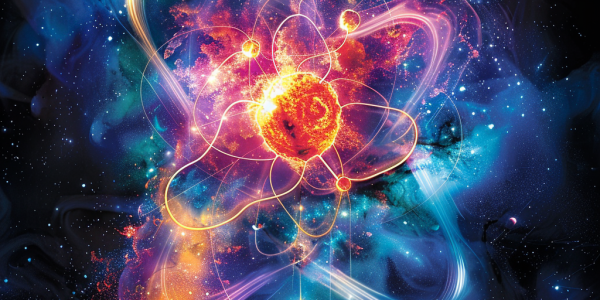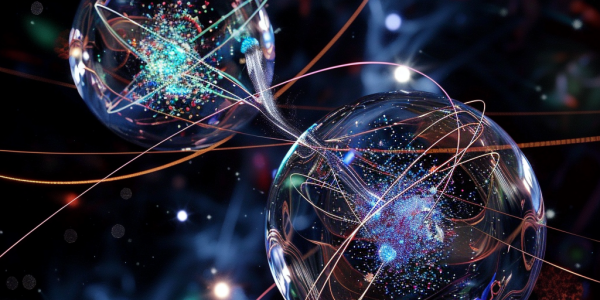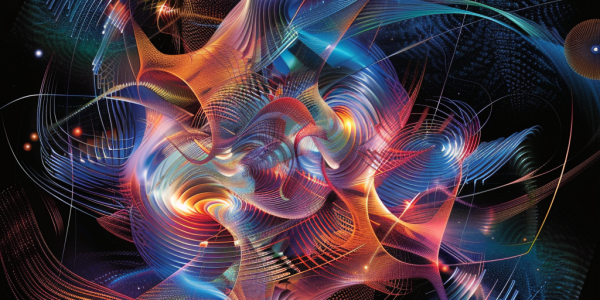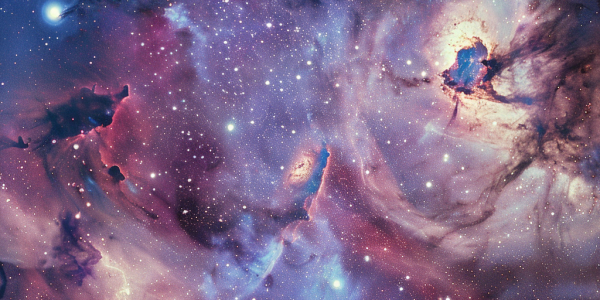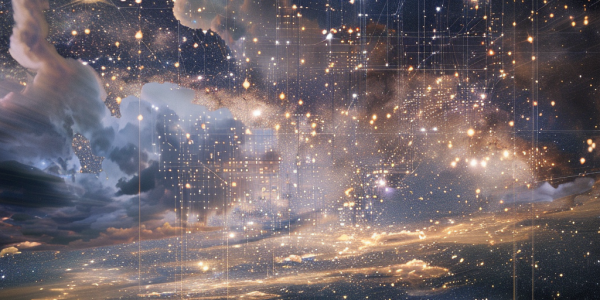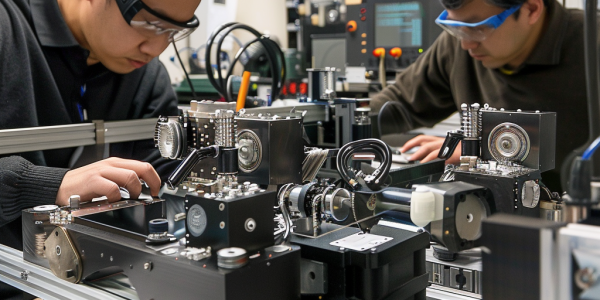Breakthrough in Quantum Physics: Researchers Control Hybrid Electron-Photon States in Helium
An international team led by Dr. Lukas Bruder has achieved a groundbreaking milestone in quantum physics by successfully controlling hybrid electron-photon quantum states in helium atoms using the FERMI free electron laser. This innovative research, published in Nature, utilizes advanced laser pulse-shaping techniques to manipulate quantum states, paving the way for advancements in quantum computing and technology. Discover how this study could revolutionize the field of quantum mechanics and its applications.
Breakthrough in Nuclear Physics: Livermorium-290 Synthesized
Researchers at Lawrence Berkeley National Laboratory have achieved a significant breakthrough by synthesizing livermorium-290, a superheavy element, through a novel fusion reaction. This advancement opens new possibilities for exploring the periodic table and understanding the formation of chemical elements, potentially leading to innovations in materials science and quantum computing.
Breakthrough Study Reveals Dynamics of Quantum Entanglement at Attosecond Scale
Researchers from TU Wien and China have made significant breakthroughs in understanding quantum entanglement dynamics at attosecond scales. Their study, published in Physical Review Letters, reveals the temporal evolution of entanglement, challenging traditional views and paving the way for advancements in quantum technologies. This research could enhance the reliability of quantum states, crucial for future quantum computing and secure communication systems.
Researchers Discover ‘Negative Time’ in Groundbreaking Quantum Experiment
A groundbreaking experiment by researchers at the University of Toronto has revealed evidence of ‘negative time’ in quantum mechanics. This study, published in PRX Quantum, demonstrates how photons can exit a cloud of ultracold rubidium atoms before entering, challenging conventional notions of time and opening new avenues for exploration in quantum physics.
Breakthrough in Orbitronics: First Imaging of Monopole-like Structures in Chiral Topological Semimetals
Recent research published in Nature Physics has successfully imaged orbital angular momentum monopoles in chiral topological semimetals PtGa and PdGa. Utilizing advanced techniques like circular dichroism in angle-resolved photoelectron spectroscopy, scientists revealed unique monopole-like structures and their controllable polarity. These findings not only confirm the existence of these orbital textures but also open new avenues for orbitronic devices, promising advancements in information processing and quantum computing.
Cosmology in Crisis: New Observations Challenge Standard Model of the Universe
Recent developments in cosmology are challenging the long-standing standard model of the universe, which posits that dark energy and dark matter constitute most of its composition. New observations reveal discrepancies that may prompt a reevaluation of our understanding of cosmic phenomena. As scientists delve into these findings, the potential for groundbreaking discoveries in physics and a deeper comprehension of the universe’s structure looms large.
MIT Physicists Uncover Edge States in Ultracold Atoms, Paving Way for Lossless Energy Transmission
MIT physicists have made a groundbreaking discovery in quantum physics, capturing images of electrons flowing without resistance along the edges of materials. This phenomenon, known as edge states, could revolutionize energy and data transmission, enabling super-efficient circuits that minimize energy loss. Published in Nature Physics, this research not only validates decades of theoretical work but also opens new avenues for technological advancements in electronics and telecommunications.
Unraveling the Mysteries of Neutrinos: A Journey Through Astrophysics
Explore the fascinating world of neutrinos, the mysterious subatomic particles abundant in the universe. Learn about the groundbreaking discovery of neutrino oscillations at the Sudbury Neutrino Observatory and the complexities of studying solar neutrinos. Discover the three types of neutrinos and their significance in unraveling the secrets of the cosmos. Join scientists in their relentless pursuit of knowledge as they uncover the interconnectedness of the universe through the intricate dance of neutrinos.
Advancements in Measuring Gravitational Attraction with Lattice Atom Interferometer
A recent study published in Nature explores the measurement of gravitational attraction using a lattice atom interferometer, revealing groundbreaking findings. By optimizing gravitational sensitivity and employing signal inversions, researchers achieved unprecedented accuracy in their measurements, ruling out certain theories and opening up new possibilities for precision tests of gravity. This study marks a significant advancement in understanding gravitational forces and paves the way for future research in gravitational physics.
Advancements in Real-Time Sound Wave Momentum Shaping for Object Manipulation
Exciting advancements in wave-momentum shaping have led to a method that optimizes sound wave momentum in real-time, allowing for object manipulation in dynamic and disordered media without the need for a controlled environment. This breakthrough opens up new opportunities for applications in biomedical fields, sensing, and manufacturing.

